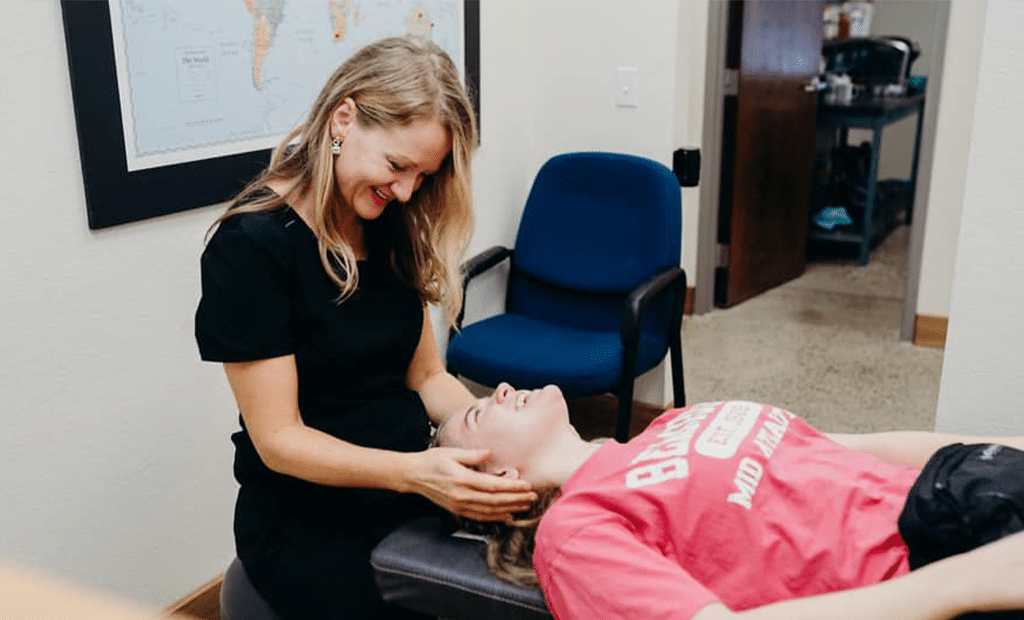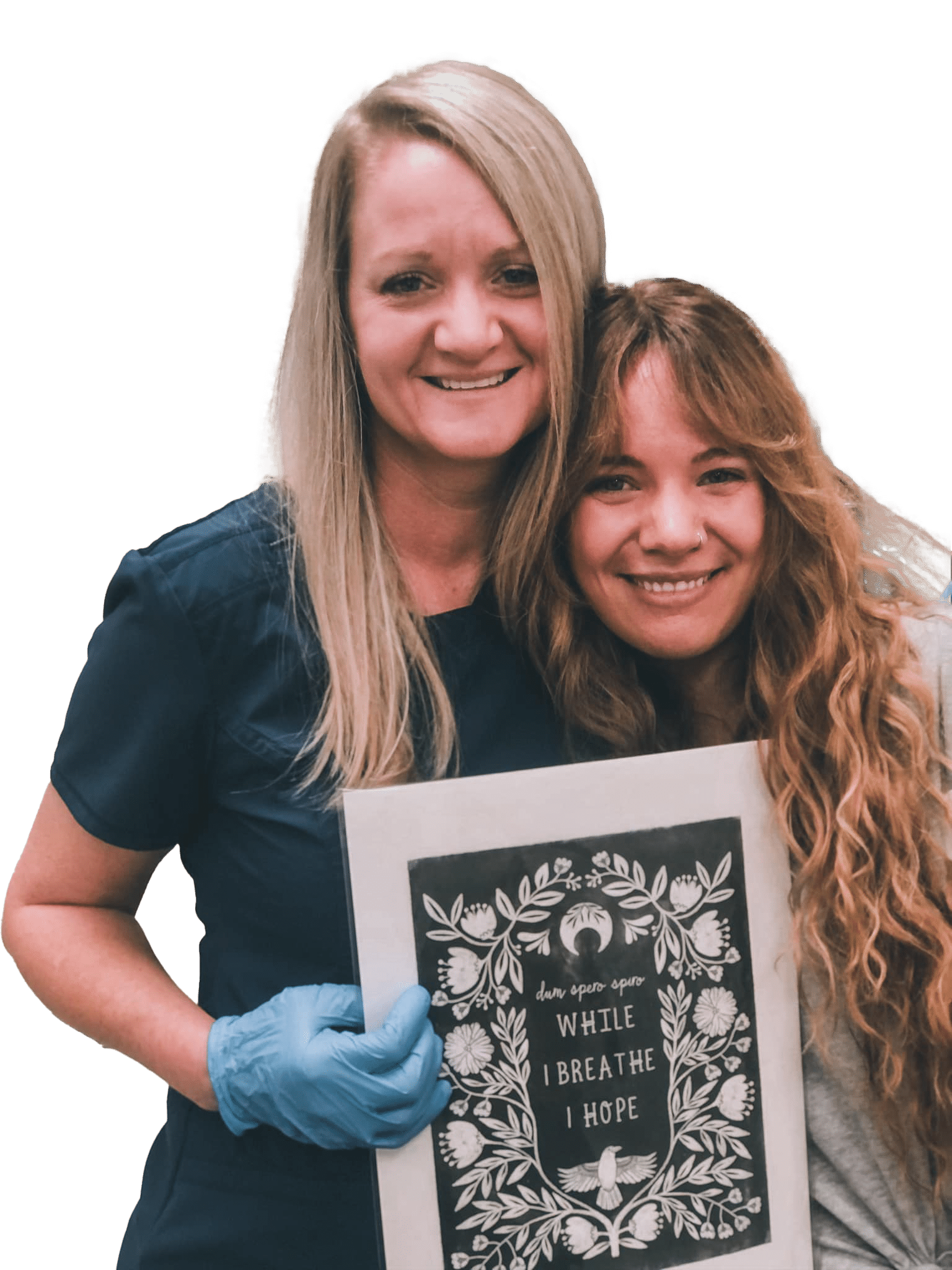Ten years ago, I first started examining the connection between chronic severe pain and the Autonomic Nervous System. I developed a unique system that aims to aggressively and successfully rehabilitate the Central Nervous System. While the majority of our early patients suffered from Complex Regional Pain Syndrome (CRPS), we invariably had patients suffering from Ehlers Danlos Syndrome (EDS) wondering if we could help them. Since EDS has a large genetic component, I was uncertain about
our potential success. However, we were greatly surprised at how successful our system was for EDS patients. I have since grown to view genetic variances resulting in pain as just another hurdle to overcome. This hurdle may be overcome by up regulating the Central Nervous System to compensate for genetic weaknesses.
You may wonder how the answer for chronic pain with a clear genetic footprint may be so seemingly simple. You may also wonder how a chiropractor (of all professions) is able to help such a serious condition. The difference can be found in my education (which started in my childhood, growing up in a holistic family, raised by a successful chiropractor in South Africa). Medical doctors are trained to believe that pain is wrong, and that sometimes, the body fails to repair itself. Medicine also believes that faulty genetics is a cross to bear, as this cannot be changed.
In this instance, allopathic medicine attempts to assist patients to accept and live with pain. Pain is attempted to be minimized, allowing the patient to live a semi-normal life. This is done by interrupting, numbing or interfering with the pain signal. The root of disease is rarely addressed, and if so, it is most often seen as as a genetic weakness, to be managed by pharmaceuticals. The philosophy that I was raised with believed something quite the opposite. The tenets of chiropractic stated that the body is intelligent, governed by the central nervous system, and capable of healing even the most horrific injuries or condition if able to function correctly. It stated that pain is not a mistake to be numbed, but a cry for help from the body for attention from the nervous system. Genetic weaknesses is seen as a Pandora’s box, which means that given the right conditions, the body can overcome many of these weaknesses, unless a key (physical, chemical or emotional stress) unlocks it. This box can be locked back up. I just needed the correct tools.
I set out to build a program to heal the central nervous system from within. My philosophy was one of unending hunger for perfection. You see, my father taught me early in life that a good physician is not driven by the people they help as much as the people they cannot help. My criteria for treatments, modalities and systems were that they had to be minimally invasive and that their outcome would be to help the body function better from within, allowing the patient to heal. I felt undaunted by the commonly accepted belief that certain conditions simply could not heal and should be accepted.
Fast forward ten years later, and my dream of helping the hopeless is still a work of progress. What a magnificent work of progress, however. To date, my highly trained team and I have treated many patients suffering from EDS. Our reputation has grown (in a large part due to word of mouth and social media). While we are still attempting to break through and be accepted by the mainstream EDS establishment, our success stories are undeniable.
Our treatment system is one I call “shock and awe”, meaning, we have precious few weeks to give a hopeless patient hope again. You see, most of our patients are desperate and fearful when they start. Their biggest fear is that they will face disappointment once again. It is our job to help them gain trust in their body’s ability to heal again. To achieve this goal, I have gathered treatments and modalities from all over the world. If something is not consistently successful, it is replaced by another more effective treatment. These treatments are delivered in unison over (on average) a three-month period for maximum effectiveness. We believe that together, our treatments all have the same goal: healing the central nervous system. When delivered in this way, they increase the chances of success in a synergistic fashion.
Vascular Ehlers-Danlos syndrome is an uncommon genetic disorder that is considered to be the most severe form of EDS. The main cause of this disease is the mutation in the COL3A1 gene, which disturbs the proper production of type III collagen. This protein is crucial because it can be found all over the human body. Namely, it is present in blood vessels, lungs, skin, and the intestines and the other hollow organs. What is more, as a structural protein, it is also crucial for making the connective tissues strong and dense.
It also happens that vascular EDS is caused by mutations in a different gene called COL1A1. In this way, it interferes with the most common type of collagen in our bodies. You can find it in ligaments, the endomysium of myofibrils, tendons, the dentin, the organic structure of bones, the organ capsules, and the dermis. What is more, it helps to build scar tissue, which is the final effect of the tissue repairing.
Characteristics of Vascular Ehlers-Danlos Syndrome
Vascular Ehlers-Danlos syndrome is the most common for people who have it in their family history, and the inheritance of this disease is autosomal dominant. People who suffer from it usually have a typical facial appearance, including a thin upper lip, prominent eyes, sunken cheeks, a thin nose, and small earlobes. What is more, they have very fragile blood vessels that sometimes can be clearly visible through the skin (especially on the upper chest and legs). As a result, their skin tends to bruise exceptionally easily.
The Nervous System’s Role in EDS
We have found that for some EDS symptoms to express itself, dysautonomia has to be present. For example, a healthy balanced EDS patient may always be very flexible. They do NOT have to accept a life sentence of chronic pain, however. Dysautonomia is a malfunction (or imbalance) in the Autonomic Nervous System. This is the system that controls your body without you having to consciously think about it. An easy example is taking a walk. Deciding to take a walk is a conscious thought. That is the motor part of the nervous system that we control. However, when our heart rate speeds up while we are walking and our blood pressure rises in order to deal with the demand of oxygen by our muscles, that is the Autonomic Nervous system at work. Our skills lie in bringing balance and strength to the patient’s central nervous system, with a special emphasis on the autonomic nervous system.
Never Lose Hope
Forget any claims that you will never be able to live a healthy life after the vascular EDS diagnosis. Your body is amazing, and it is capable of healing itself if it is provided with sufficient help and support. We are in touch with many people that have successfully recovered from Ehlers-Danlos syndrome, and each of them may bring you more hope. Some of our past EDS patients live very active lives, such as snowboarding and cheerleading.
With fragile blood vessels and skin that bruises very easily, you may think that your body is too weak to defeat EDS. However, in our clinic, we have a saying: “It only takes seeing one white crow to know that not all crows are black”.
If even a single very symptomatic EDS patient’s body is able to heal from within, and now live an active life, we now know that this feat is possible.
14-Week Pain Relief Program
We have created a revolutionary 14-week neurologic rehabilitation program that has helped other EDS patients in an as short time as just three months. Do not ever think that you have tried everything if you have not signed up for our program yet. The road to a balanced nervous system is hard work, and it requires you to have hope again, which may be petrifying. What if this treatment fails also? You must pause and ask yourself…what if it doesn’t? What if you fly?




